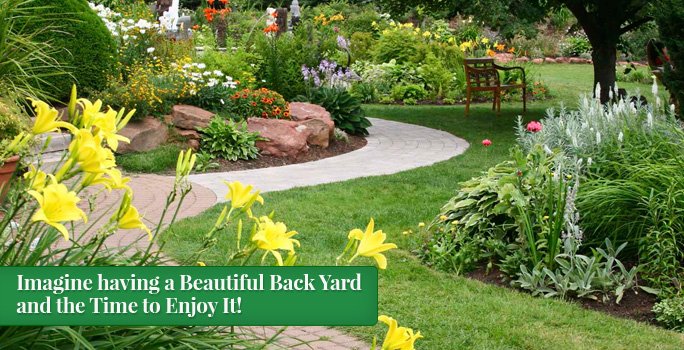
It’s too early to start planting, but it’s a good time to make a plan for a successful landscape this year. Recent heavy snowfall was much-needed, but it has not eliminated drought in the state, so be sure that your landscape plans are strategic and water-wise.
Planning a water-wise landscape
Start with the sprinkler system. When water is scarce, sprinklers need to be at maximum efficiency so that every drop you use and pay for has a purpose. Schedule your service now, before irrigation professionals are booked up.
- If you’ve never had a professional audit of your system, do it this year. Make the repairs that keep your plants healthy and stop water waste.
- Then consider some water-efficient upgrades like adding more drip irrigation or better nozzles on the sprinkler heads.
- See what rebates might be available from water providers and cities for system upgrades. They can help cover your costs.
Keep up with maintenance. Poor maintenance practices lead to compromised plants that can be susceptible to insect damage and diseases. If your plants are drought-stressed now, their immune factor is already low.
- Clean out the winter plant debris in beds where problems can start.
- Consult a landscape professional about pruning non-flowering trees and shrubs to promote natural growth and vigor and about whether your lawn could benefit from springtime aeration.
Put the right plant in the right place. A water-wise landscape doesn’t have to be drab and full of rocks. Use plants that are meant to be grown here in Colorado’s conditions, and you can still have a vibrant, colorful landscape.
- Grow some veggies in containers and water efficiently using drip irrigation.
- Ask the experts. Whether you hire a pro or DIY, consult the experts before you choose what to plant. Reliable sources include CSU Extension, Plant Select®, Colorado Native Plant Society, and water providers like Colorado Springs Utilities, Denver Water, and Northern Water. They offer resources ranging from garden designs and watering schedules to grants for upgrading to a water-wise landscape.
A water-wise landscape will not only save water but also save you time and money while delivering many benefits.
Click “DO IT FOR ME” to request a FREE quote.

Source: customer-service@bestyard.com in collaboration with Associated Landscape Contractors of Colorado



























